Beech Tree
- October 11, 2023
- 1 comment
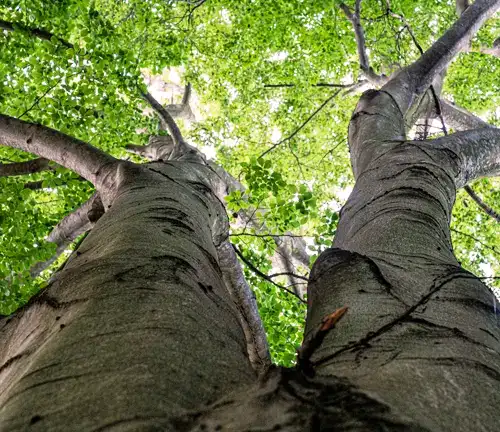
The beech tree, belonging to the genus Fagus within the Fagaceae family, stands as a captivating emblem of the deciduous flora in temperate zones across the Northern Hemisphere. Recognizable for its smooth, silver-gray bark and distinctive oval leaves, finely serrated along the edges, the beech tree transforms the landscape with its lush green canopy during the spring and summer seasons. Come autumn, these leaves undergo a magnificent transformation, turning into a warm golden-brown hue that blankets the forest floor. The overall aesthetic appeal of beech forests, with their towering trees and carpet of fallen leaves, has inspired artists, poets, and nature enthusiasts alike.
Noteworthy is the longevity of the beech tree, with some specimens boasting a lifespan spanning several centuries. This longevity is mirrored in the graceful aging process of the trees, which maintain their stately appearance throughout the years. Beech trees also contribute significantly to biodiversity by producing beechnuts, encased in spiky husks, which serve as a crucial food source for various wildlife, including birds and mammals. The interconnected relationship between the beech tree and its ecosystem emphasizes its role in sustaining the natural balance of diverse habitats.
Beyond its ecological importance, the beech tree holds practical value. The wood derived from beech trees is highly prized for its fine grain and durability. This has made it a preferred material for crafting furniture, flooring, and other wood-based products. The versatile applications of beech wood, coupled with its aesthetic allure, contribute to the economic and cultural significance of these trees. Moreover, the beech tree has left an indelible mark on human culture, featuring prominently in folklore, mythology, and symbolism. Its enduring presence in literature and art further underscores the profound impact the beech tree has had on human imagination and creativity.
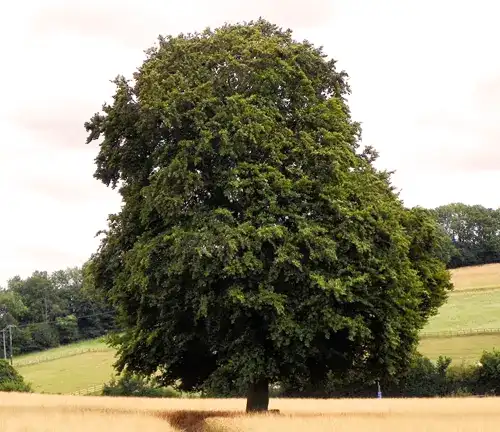
In essence, the beech tree emerges as more than just a botanical entity; it embodies a harmonious blend of ecological importance, practical utility, and cultural symbolism. Its ability to captivate the senses and provide sustenance to various forms of life underscores the intricate tapestry of nature in which the beech tree plays a vital and enriching role.
| Characteristic | Description |
| Scientific Name | Fagus |
| Family | Fagaceae |
| Type | Deciduous |
| Height | 50-100 feet |
| Growth rate | Slow |
| Spread | 40 to 60 feet |
| Range | North America, Europe, and Asia |
| Lifespan | Several centuries, known for longevity |
| Soil Preferences | Well-drained, moist |
| Climate Tolerance | Cold-hardy, adaptable |
A Brief History
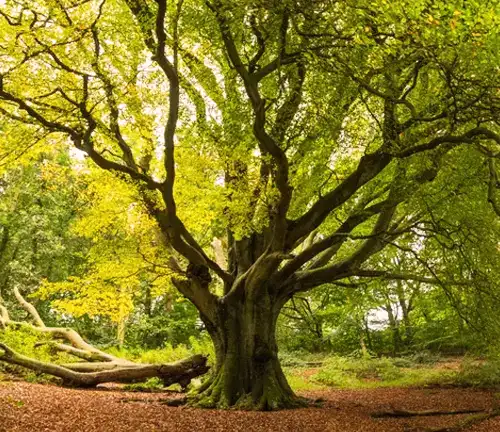
The beech tree, with its roots deeply embedded in the annals of natural history, stands as a testament to the resilience and enduring beauty of the plant kingdom. Belonging to the Fagus genus and Fagaceae family, the beech has traversed centuries, witnessing the ebb and flow of civilizations, and leaving an indelible mark on landscapes across the Northern Hemisphere.
Color/Appearance
One of the most enchanting aspects of the beech tree lies in its transformative beauty. The smooth silver-gray bark provides a striking contrast to the oval-shaped leaves, which burst forth in vibrant shades of green during the spring and summer. As autumn arrives, the beech undergoes a spectacular metamorphosis, adorning itself in warm golden-brown hues, creating a visual symphony that captivates onlookers.
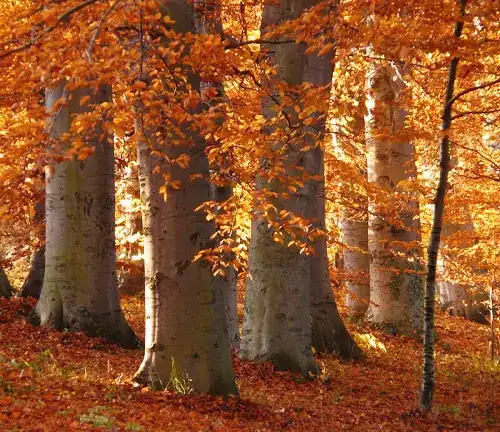
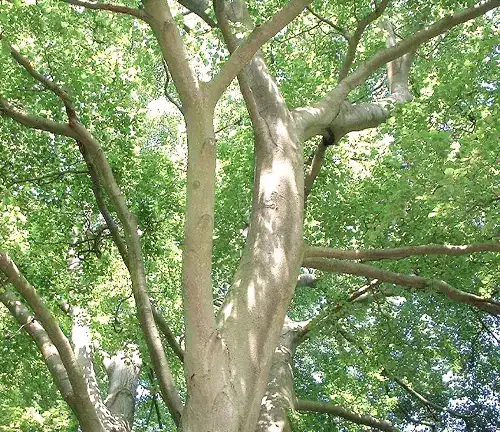
Unique Features
Beyond its aesthetic appeal, the beech tree boasts unique features that set it apart. With leaves characterized by finely toothed edges and a distinctive crown, the beech exudes an understated elegance. The production of beechnuts, encased in spiky husks, adds a valuable ecological dimension, serving as a vital food source for a myriad of wildlife.
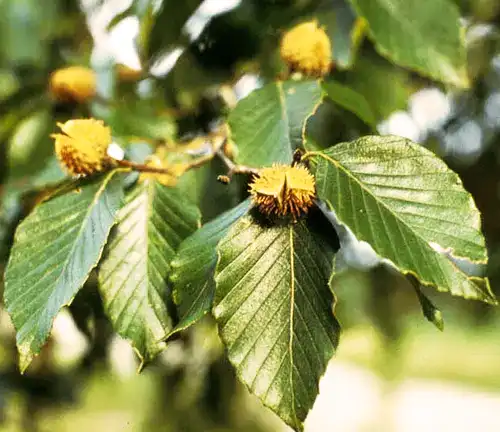
Ecological Importance
As a keystone species, the beech tree plays a pivotal role in shaping ecosystems. Its dense canopy provides habitat and shade for diverse flora and fauna. The beechnuts it produces contribute to the intricate web of life, sustaining birds, mammals, and insects, thereby enriching the biodiversity of the regions it inhabits.
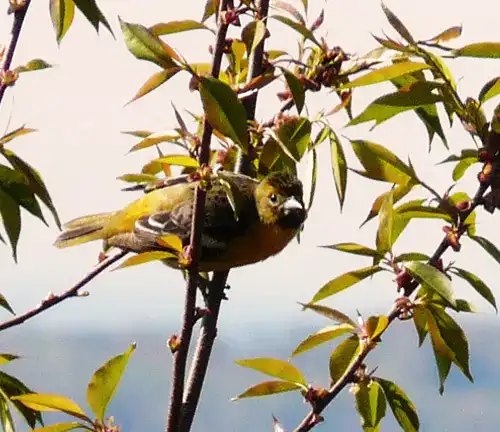
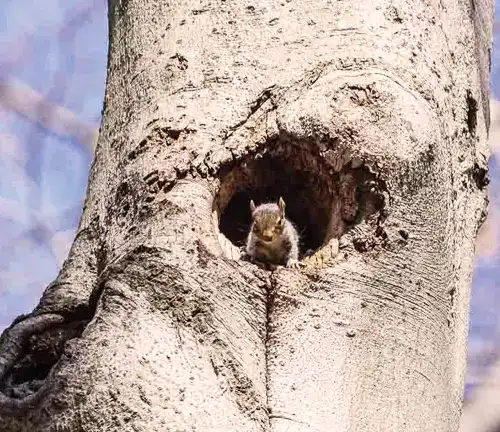
Adaptation and Resilience
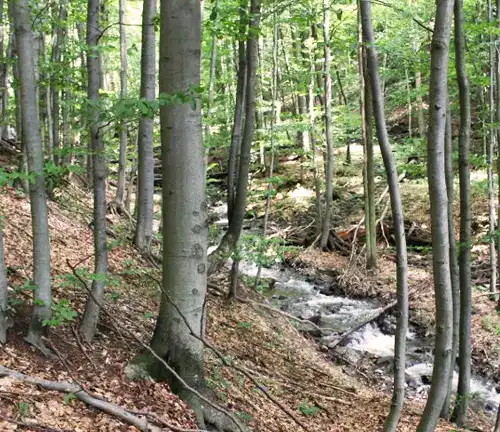
The beech tree showcases remarkable adaptation and resilience to various environmental conditions. Thriving in well-drained, moist soils, it has demonstrated an ability to withstand the test of time, with some individuals living for several centuries. This adaptability underscores the beech’s significance in the dynamic tapestry of forest ecosystems.
Cultivation and Care
For those seeking to cultivate beech trees, understanding their preferences is essential. Well-drained soil, moderate moisture, and a temperate climate are conducive to their growth. While slow to moderate in growth rate, the reward lies in the establishment of a majestic tree with a commanding presence in the landscape.
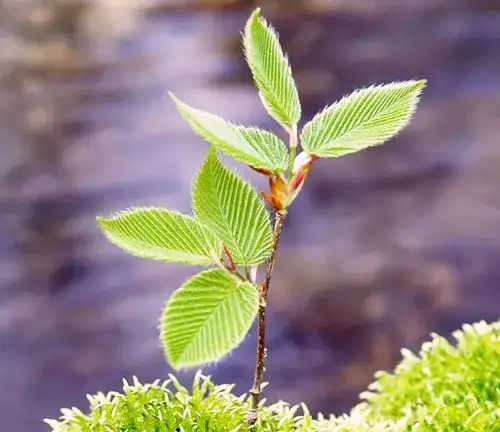
Life Cycle
The life cycle of the beech tree encompasses the germination of its seeds, the growth of saplings, and the maturation into towering trees. The slow pace of growth is balanced by the longevity of the species, creating a continuum that contributes to the overall stability and biodiversity of the ecosystems it inhabits.
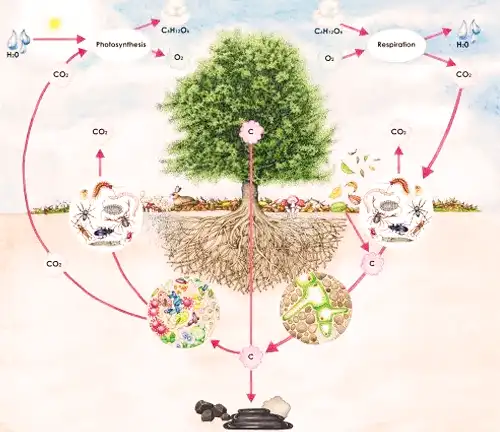
Cultural and Historical Significance
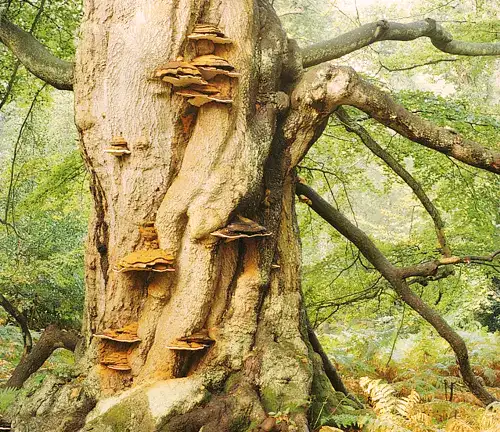
The beech tree, woven into the fabric of human culture, holds symbolic significance across various traditions. Revered for strength, longevity, and beauty, it features prominently in folklore, mythology, and religious symbolism. Its presence in historical landscapes and literature further cements its place in the human narrative.
Wood Products and Applications
The beech tree’s wood, characterized by a fine grain and durability, has found diverse applications. From crafting furniture and flooring to veneer and tool handles, beech wood is prized for its versatility. Its light color and smooth texture contribute to its popularity in woodworking.
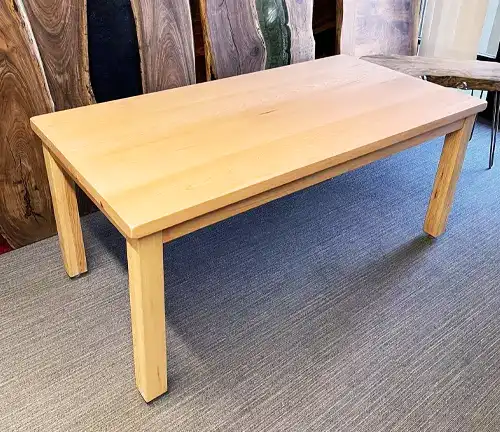

Other Uses
Apart from its wood, the beech tree has historical uses that extend beyond craftsmanship. Beechnuts, once a staple in the diet of indigenous people, highlight the tree’s multifaceted contributions to human sustenance.
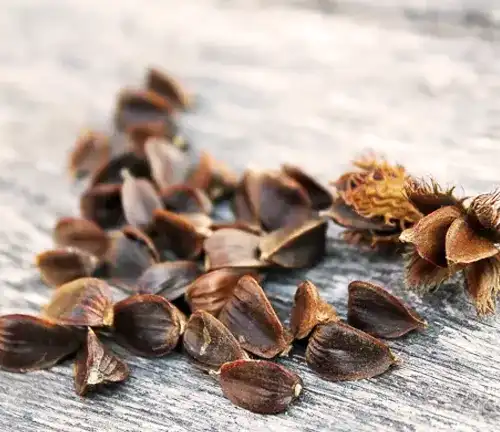
Threats and Conservation
While the beech tree stands as a testament to resilience, it faces threats, notably from beech bark disease. Conservation efforts are crucial to protecting these iconic trees, ensuring their continued role in supporting ecosystems and captivating landscapes.
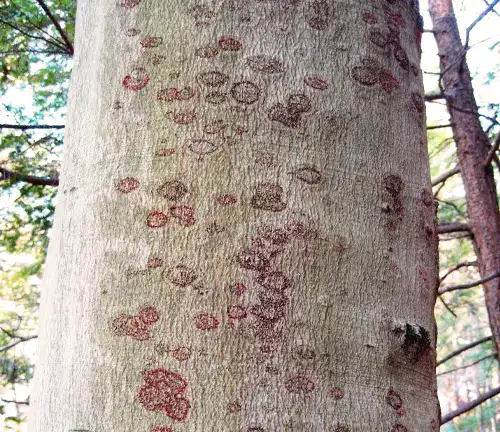
Benefits
The benefits of the beech tree are myriad, ranging from its ecological contributions to its economic and cultural significance. Its role as a carbon sink and provider of habitat underscores its broader impact on environmental health.
Popular Beliefs
Embedded in popular beliefs and traditions, the beech tree is often associated with wisdom, prosperity, and protection. Its presence in myths and legends further enhances its mystique and cultural relevance.
Common Species
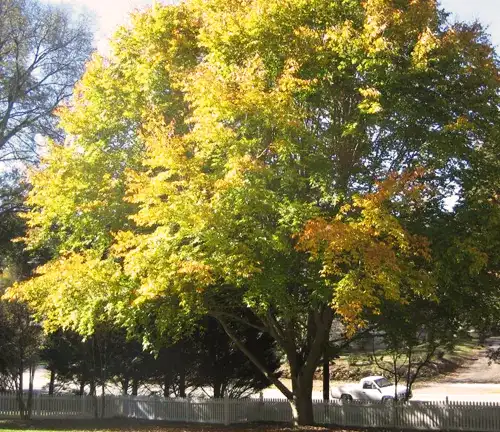
American Beech (Fagus grandifolia): Native to eastern North America, the American beech is a tall, slow-growing tree with smooth gray bark and dark green leaves. It produces small, spiky beechnuts and is a significant part of eastern hardwood forests.
European Beech (Fagus sylvatica): Native to Europe, the European beech is a popular ornamental tree known for its smooth, silver-gray bark and dense, dark green foliage. It is often cultivated in parks and gardens for its elegant appearance.
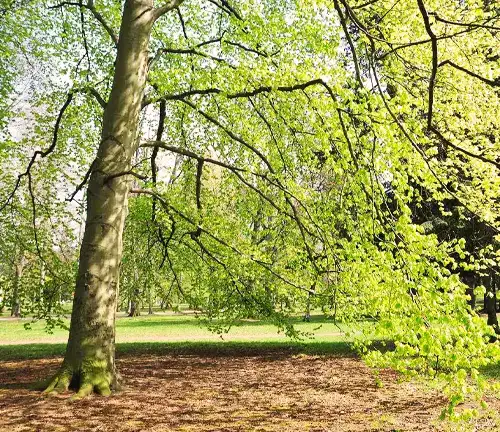
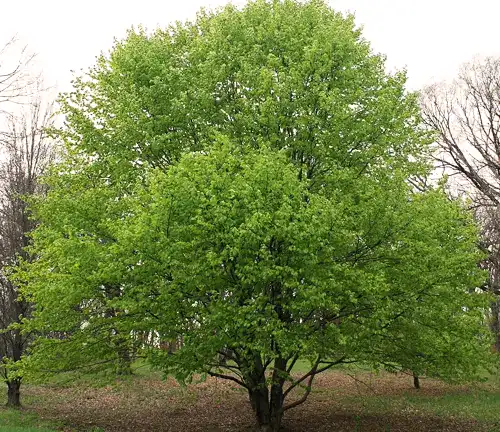
Oriental Beech (Fagus orientalis): Native to parts of Europe and Asia, the Oriental beech is similar in appearance to the European beech. It has smooth, gray bark and elliptical leaves. This species is an important timber tree in its native range.
Japanese Beech (Fagus crenata): Indigenous to Japan and parts of eastern Asia, the Japanese beech has serrated leaves and produces small, triangular beechnuts. It is an important tree in Japanese forestry.
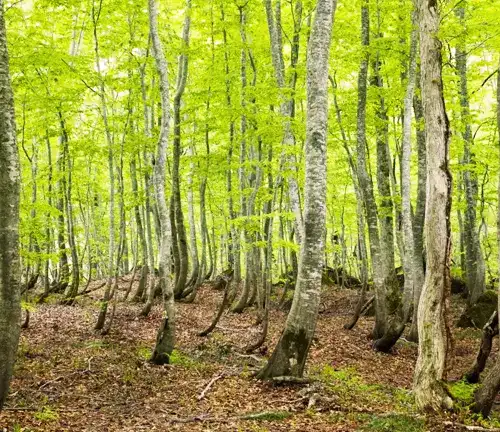
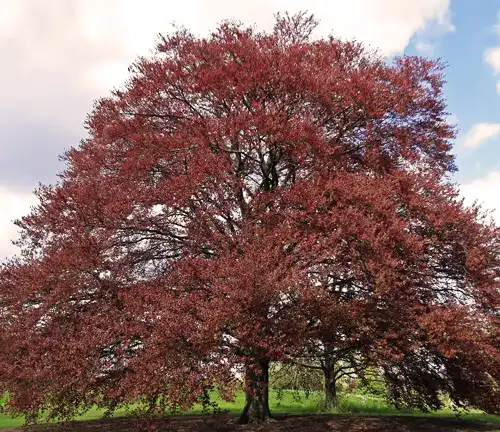
Copper Beech (Fagus sylvatica ‘Purpurea’): This is a cultivated variety of European beech, known for its striking copper-colored or purple leaves. It is often used in landscaping for its ornamental value.
Mexican Beech (Fagus mexicana): Found in Mexico and parts of Central America, this beech species has serrated leaves and is known for its importance in high-altitude cloud forests.
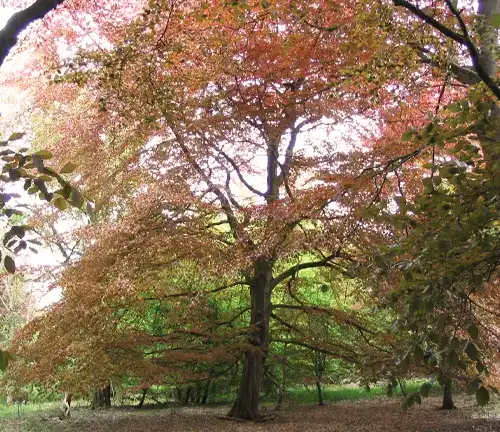
Conclusion
The beech tree stands as a majestic ambassador of nature, weaving together history, aesthetics, and ecological significance. From its humble beechnuts to the towering canopies that define landscapes, the beech’s story is one of adaptation, resilience, and enduring beauty. As we navigate a changing world, the beech tree serves as a reminder of the intricate connections between flora, fauna, and humanity, inviting us to appreciate, conserve, and marvel at the wonders of the natural world.
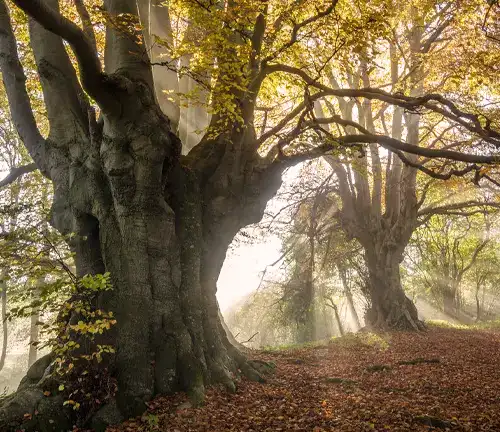
Frequently Asked Questions (FAQs)
- Do beech trees lose their leaves in winter like many other deciduous trees?
Yes, beech trees are deciduous and typically lose their leaves in the fall. The leaves turn a distinctive golden-brown color before falling, creating a carpet of foliage beneath the trees. However, some beech trees, particularly certain cultivated varieties, may retain their leaves through the winter. - What is beech bark disease, and how does it affect beech trees?
Beech bark disease is a condition caused by a combination of a scale insect and a fungus. The scale insect creates wounds in the bark, and the fungus enters through these openings, causing cankers and affecting the tree’s overall health. This disease has been a significant threat to beech populations, leading to concerns about conservation and management. - Are there any unique uses for beech wood beyond furniture and flooring?
Yes, beech wood has been historically used for a variety of purposes. In addition to furniture and flooring, it has been employed in tool handles, cooking utensils, and even musical instruments. Its fine grain and workability make it a versatile material for a range of applications. - What is the significance of beechnuts in the ecosystem?
Beechnuts, produced by beech trees, are a crucial food source for various wildlife, including birds, squirrels, and deer. The high-fat content of beechnuts provides a valuable energy source, especially during the winter months when food can be scarce. The relationship between beech trees and the fauna that rely on them underscores their ecological importance. - Are there any myths or folklore associated with beech trees?
Yes, beech trees feature prominently in various myths and folklore. In some traditions, the beech is considered a symbol of wisdom and prosperity. Additionally, beech trees are often associated with rituals and are believed to have protective qualities. Exploring the cultural and symbolic significance of beech trees adds a fascinating layer to their overall narrative.
The beech tree is a beautiful and majestic tree that has been around for millions of years. It is a symbol of strength, resilience, and longevity. Beech trees play an important role in our ecosystems and our lives. They provide food and shelter for wildlife, help to clean the air and water and reduce erosion. Beech trees are also a valuable natural resource that is used to produce lumber, paper, and other products. Beech trees are a reminder of our connection to the natural world and the importance of protecting our planet. They are a living testament to the beauty and wonder of nature.
Let us all do our part to conserve beech trees and ensure that they continue to thrive for generations to come.


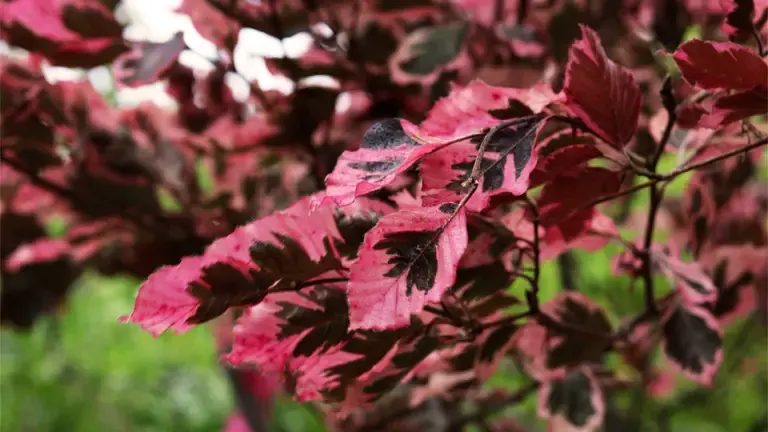
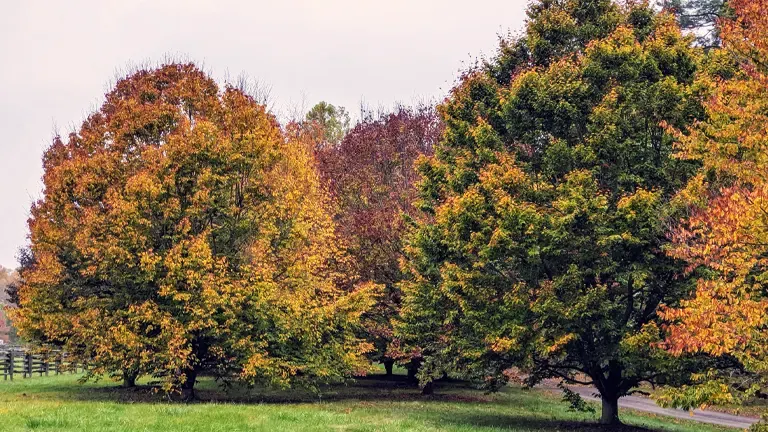
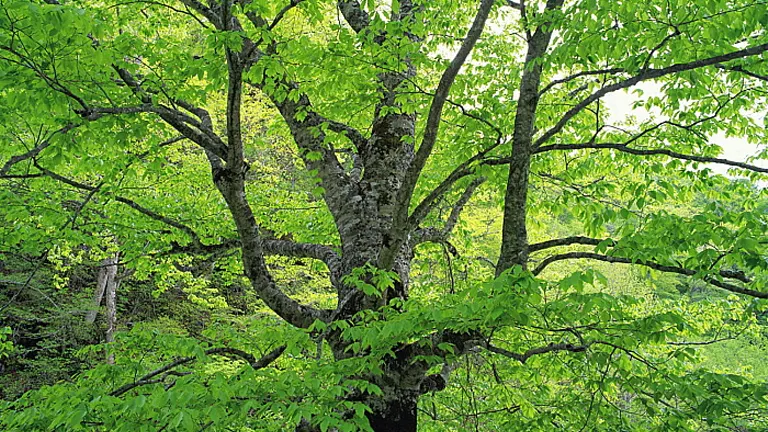
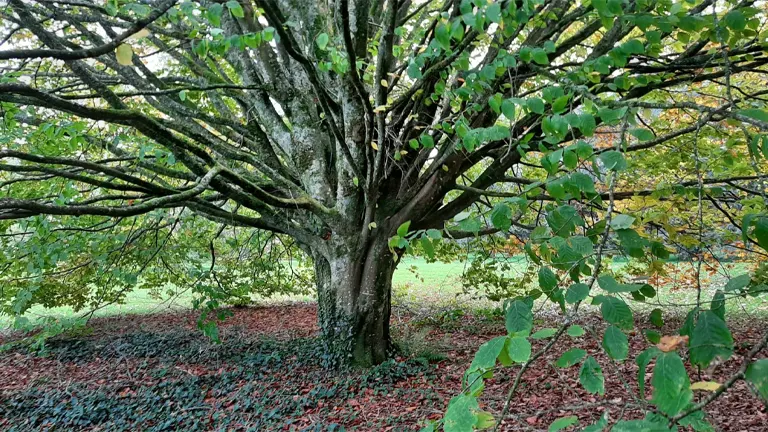
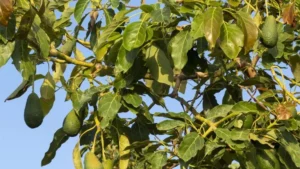


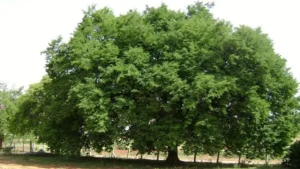
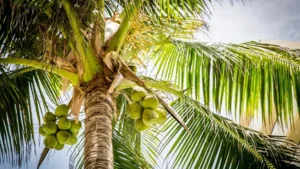
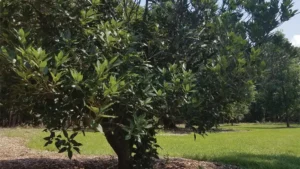
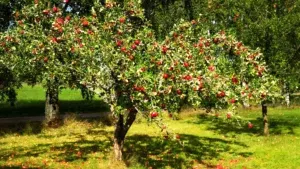

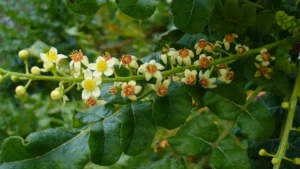
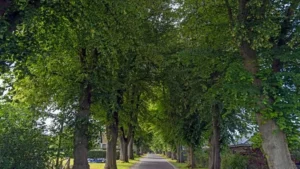

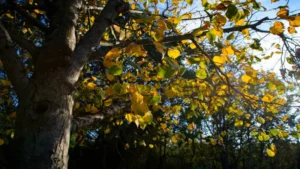
Modal fabric is a type of rayon made from cellulose from beech trees, and is very durable, breathable, and stretchy. I'm sure they use the wood scraps and sawdust from the furniture and flooring etc. and probably sawmill scrap, small limbs, twigs and misshapen/undesirable beech trees to make the cellulose that is made into this newly popular Modal fabric.
Paul Grasso
April 8, 2024 5:58 am